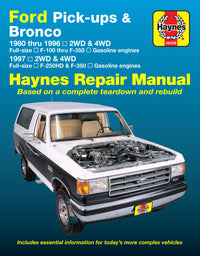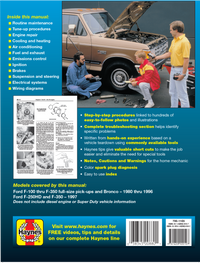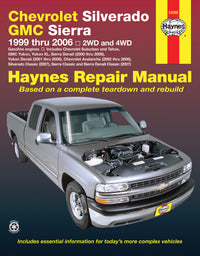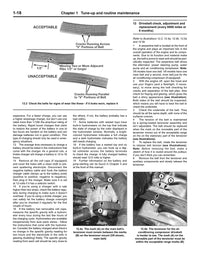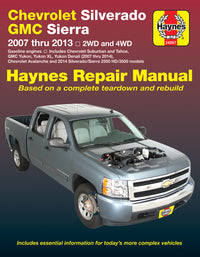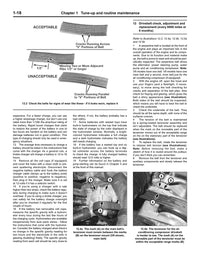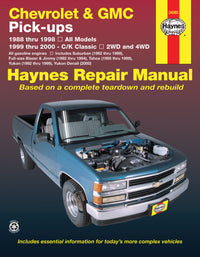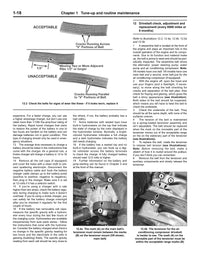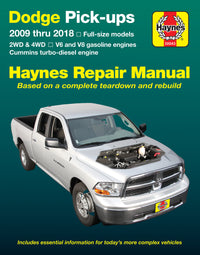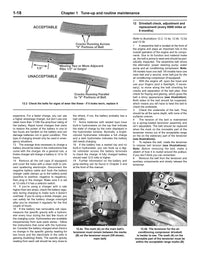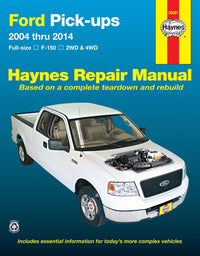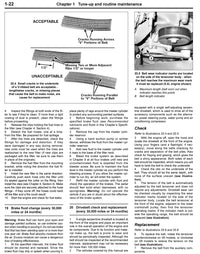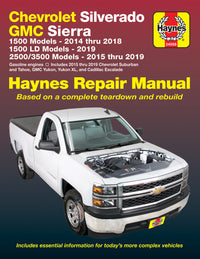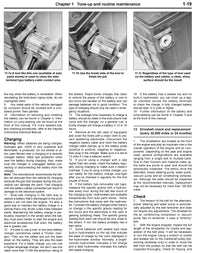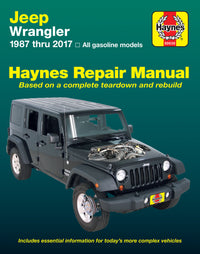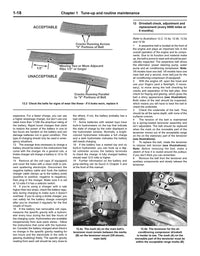The Ford Explorer has evolved from rugged, body-on-frame SUV to refined, unibody family hauler — but its purpose hasn’t changed: get you and your gear anywhere. Whether you’re towing boats, tackling trails, or surviving another frozen commute, how you use your Explorer determines what needs fixing first.
From the classic 4.0L V6 models to today’s turbocharged EcoBoost powertrains, Explorers have always rewarded owners who aren’t afraid to wrench. And with a Haynes manual, those jobs are more approachable — and more rewarding — than ever.
Why a Ford Explorer Does DIY
The Explorer’s design DNA mixes utility with mechanical simplicity. Even modern models retain serviceable layouts, accessible fluids, and common fasteners. Whether you drive a workhorse 4x4 or a family-friendly Platinum, this SUV was made for the confident home mechanic.
“Few SUVs span as many generations of hands-on maintenance as the Explorer — from leaf springs to twin-turbos, they all respond to smart DIY care.”
— Haynes Editorial Team
Why DIYers Love the Explorer
- Built for real use: Explorers see everything from highway miles to muddy trails — and wear patterns follow predictable usage.
- Common parts & easy sourcing: Shared components across Ford SUVs and trucks keep costs low.
- Room to work: Engine bays, wheel wells, and underbody layouts remain approachable.
- Versatile systems: From AWD to hybrid drivetrains, there’s always something to service and improve.
- Active owner community: Decades of shared fixes, guides, and upgrades — all supported by Haynes repair walkthroughs.
- Long-haul reliability: DIY maintenance extends the life of these family-ready explorers.
Ford Explorer Generational Trouble Spots for DIYers
|
|
| Generation |
Years |
Key Powertrains |
Typical Use |
DIY Trouble Spots |
| 3rd Gen (U152) |
2002–2005 |
4.0L V6, 4.6L V8 |
Early SUV commuters, tow rigs |
Timing chain guide wear, rear diff whine, transmission flare |
| 4th Gen (U251) |
2006–2010 |
4.0L V6, 4.6L/4.7L V8 |
Family SUV, towing, 4WD recreation |
Plug ejection (V8), wheel bearing wear, cooling fan relay failures |
| 5th Gen (U502) |
2011–2019 |
2.0L/2.3L EcoBoost I4, 3.5L/3.7L V6 |
Suburban commuter, police/fleet, road tripper |
Turbo oil leaks, PTU fluid breakdown, timing chain rattle |
| 6th Gen (U625) |
2020–Present |
2.3L EcoBoost, 3.0L Twin-Turbo V6, 3.3L Hybrid |
Towing, long-distance family use |
Rear diff seepage, intercooler condensation, hybrid cooling system faults |
3rd Gen Explorer (2002–2005)
Classic, tough, and full of character.
Usage
- Tow/Utility use: Rear diff pinion bearing noise, transmission flare (2–3 shift)
- City driving: Cooling fan relay issues, cracked intake manifolds
- Weekend storage: Dry seals, brake rotor rust, stuck calipers
“That early 4.0L SOHC loves fresh oil and chain tensioners — neglect either, and you’ll hear it every cold start.”
— Haynes Editorial Team
4th Gen Explorer (2006–2010)
Refined comfort meets truck-tough underpinnings.
Usage
- Highway / family: Plug ejection on 4.6L 3-valve engines, front wheel bearings
- Towing: Cooling fan relays, transmission fluid overheating
-
Short trips: Condensation buildup in oil systems, exhaust manifold leaks
“If your 4.6L spits a spark plug, don’t panic — use a proper repair insert kit and torque to spec.”
— Haynes Editorial Team
5th Gen Explorer (2011–2019)
Modern comfort, powerful EcoBoosts — but with new heat and complexity to manage.
Usage
- Towing / performance: PTU (Power Transfer Unit) fluid breakdown, turbo oil coking
- Short-trip commuters: Timing chain wear, coolant leaks from water pump housing
-
Fleet / police models: Brake fade, trans cooler line leaks
“The PTU is the EcoBoost’s Achilles’ heel — flush every 50,000 miles, not 100,000.”
— Haynes Editorial Team
6th Gen Explorer (2020–Present)
Smarter, lighter, and faster — but still rewards hands-on care.
Usage
- Tow setups: Rear diff seepage, driveshaft vibration
- Hybrid commuters: Cooling fan control issues, hybrid battery vent cleaning
-
EcoBoosts: Condensation in intercooler, early injector faults
“Turbo Explorers like airflow — dirty intercoolers and clogged PCV systems kill performance fast.”
— Haynes Editorial Team
How You Drive Determines What You Fix
|
|
| Usage |
What Takes the Hit |
Key Checks |
DIY Tasks |
| Towing / Hauling |
Transmission, PTU, rear diff |
Fluid temp + color check |
Fluid flush, PTU service, diff seal replace |
| Commuting / Short-trip |
Battery, timing components |
Cold start listen, OLM check |
Battery test, oil change, timing inspection |
| Family / Long trip |
Cooling, brakes, HVAC |
Cabin filter + coolant level |
Brake pad swap, coolant service |
| Police / Fleet use |
Suspension, trans cooling |
Bushing + line check |
Bushing R&R, cooler flush |
| Off-road / Winter |
Seals, AWD module |
Underbody clean, sensor check |
Seal replace, AWD scan + calibrate |
Final Wrench-Turn Thoughts from the Haynes Editorial Team
“The Ford Explorer has grown up, but it hasn’t outgrown DIY. Whether you’re chasing down timing rattle or cleaning intercooler lines, smart maintenance and a Haynes manual keep your SUV doing what it was built for — exploring.”
— Haynes Editorial Team
Haynes manuals turn big jobs into confident DIY wins — complete with torque specs, wiring diagrams, and real-world photography that shows exactly how each fix comes together.
The
Ford Explorer is where daily comfort meets mechanical curiosity — factory reliability, maintained in your driveway.

